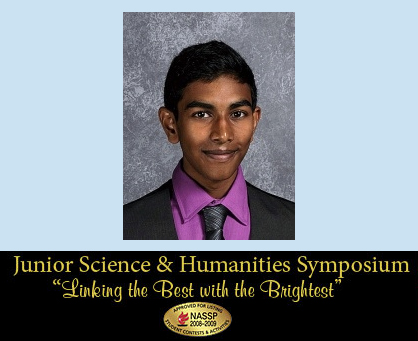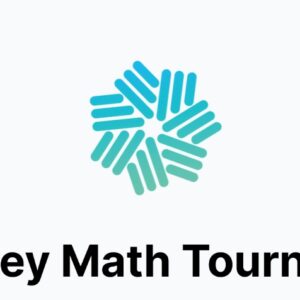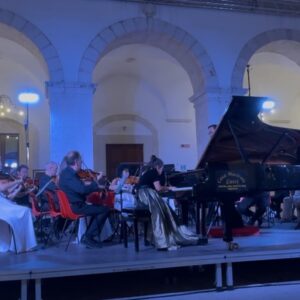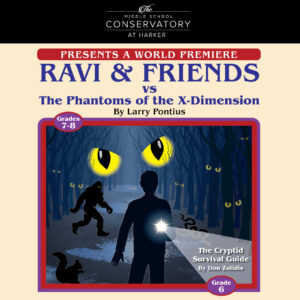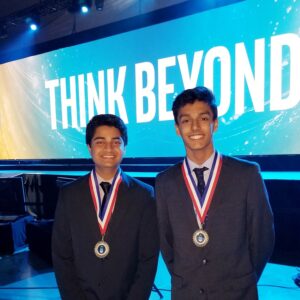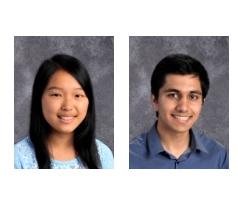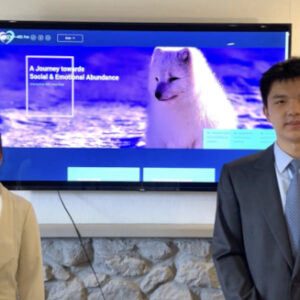May 9, 2014
Great news from the National Junior Science and Humanities Symposium in Washington D.C, where Junior Neil Movva presented in late April and came home with the first place prize in the engineering category for his project, A Novel Use of Infrared Light in Eye Tracking Systems.
Movva, who did all his research at Harker, earned a $12,000 scholarship and an invitation to the 2014 London International Youth Science Fair! “This has been without a doubt the most complete, satisfying and memorable science fair I have had the privilege of attending,” Movva said. “I want to thank all of you, again, for making this possible, and I’m excited to know that Harker will continue to offer these unique opportunities.”
This achievement is a historic double first for Harker, said Anita Chetty, science chair. “We have not placed first at JSHS and we have never gone abroad to an international fair,” she noted in her congratulatory note to Neil.
In early May, Movva made the tough choice to forego his trip to London in lieu of taking on an internship at Stanford University. “I’ll be stepping away a bit from engineering, working in a biomedical research division at the Hagey Lab at Stanford with a focus on reconstructive surgery,” said Movva. “I’ll be continuing some earlier research I have done on wound healing and tissue repair. I’ve already visited the lab a few times, and I’m really excited to work with the expert researchers in such an advanced technical setting. I’m looking forward to the summer!” Congrats, in duplicate, to Movva for his efforts on both science fronts!
March 24, 2014
Junior Neil Movva took second place at the Northern California/Western Nevada Junior Science and Humanities Symposium, held March 6-8 in Reno. This earned him a trip to Washington, D.C., to compete at the national symposium in late April.
Movva’s project dealt with eye trackers that allow people to use computers with eye movements. “For example, one could type on a keyboard just by focusing on individual keys,” Movva explained. His research showed that infrared (IR) light could be used to improve the accuracy of these devices. “Ultimately, I demonstrated a very simple IR eye tracker that was on par with high-end traditional systems,” said Movva.
In addition to second place at JSHS, the project also netted Movva first place in the engineering category at the 2013 Synopsys Science Fair. While the prospect of further success at the national level is enticing, Movva said the most exciting aspect is the opportunity to meet more students as passionate about research as him. “I’ll get to meet hundreds of my like-minded peers and learn about the best student research being done across the nation,” he said. “Just like the regional symposium, I’ll get to make new friends and meet with professionals to discuss and learn about fascinating topics from all fields of science.”
